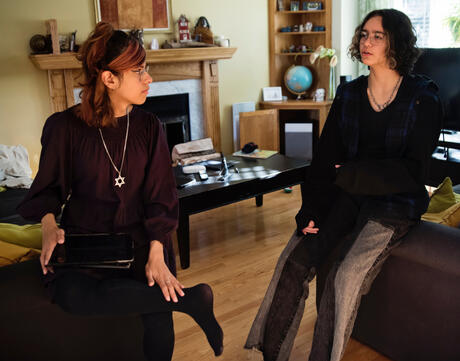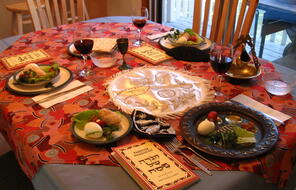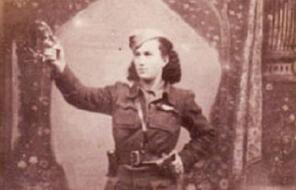
Forging Jewish Identity as a Minority
Duration
Two 50-min class periodsSubject
- History
- Social Studies
Grade
6–8Language
English — USPublished
Overview
About This Lesson
In this two-day lesson, students will first reflect on their own multiple cultural identities and those of their peers by thinking about how their cultural identities are expressed in their homes. Next, using a video and images that illustrate the diversity of Jewish identity, they will consider its complexity. On the second day, students will focus on how dominant societies impact the identities of minorities. After hearing from psychologist Jonathan Amaechi in a video clip, they will contemplate which identities they feel comfortable sharing and which they keep hidden. Finally, after reading about the origins of Hanukkah, students will consider what it entails to maintain a minority cultural identity in a dominant culture.
This lesson was created in partnership with the Jewish Education Project in conjunction with the Shine A Light Initiative.
Preparing to Teach
A Note to Teachers
Before teaching this lesson, please review the following information to help guide your preparation process.
Activities
Day 1
Day 2
Materials and Downloads
Quick Downloads
Download the Files
Download allGet Files Via Google
Additional Resources
Resources from Other Organizations
Unlimited Access to Learning. More Added Every Month.
Facing History & Ourselves is designed for educators who want to help students explore identity, think critically, grow emotionally, act ethically, and participate in civic life. It’s hard work, so we’ve developed some go-to professional learning opportunities to help you along the way.
Exploring ELA Text Selection with Julia Torres
On-Demand

Working for Justice, Equity and Civic Agency in Our Schools: A Conversation with Clint Smith
On-Demand

Centering Student Voices to Build Community and Agency
On-Demand



















